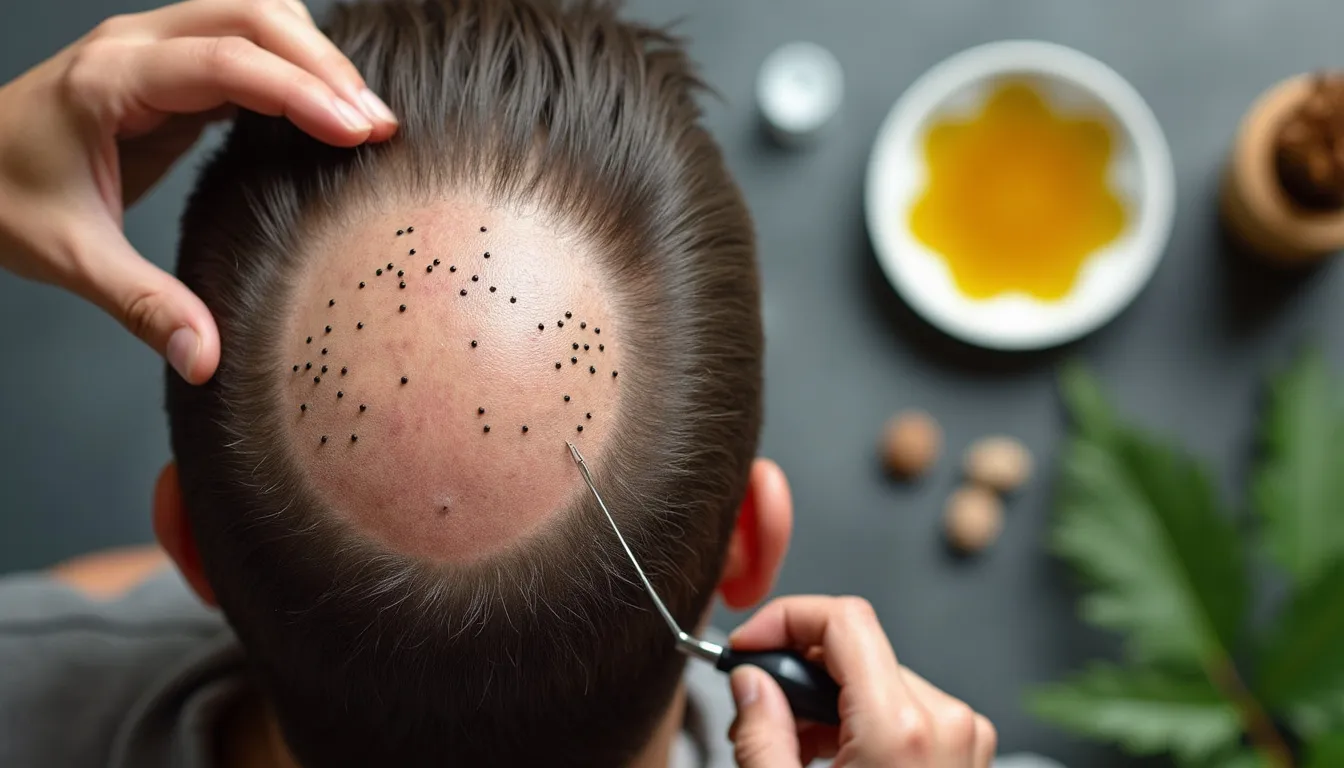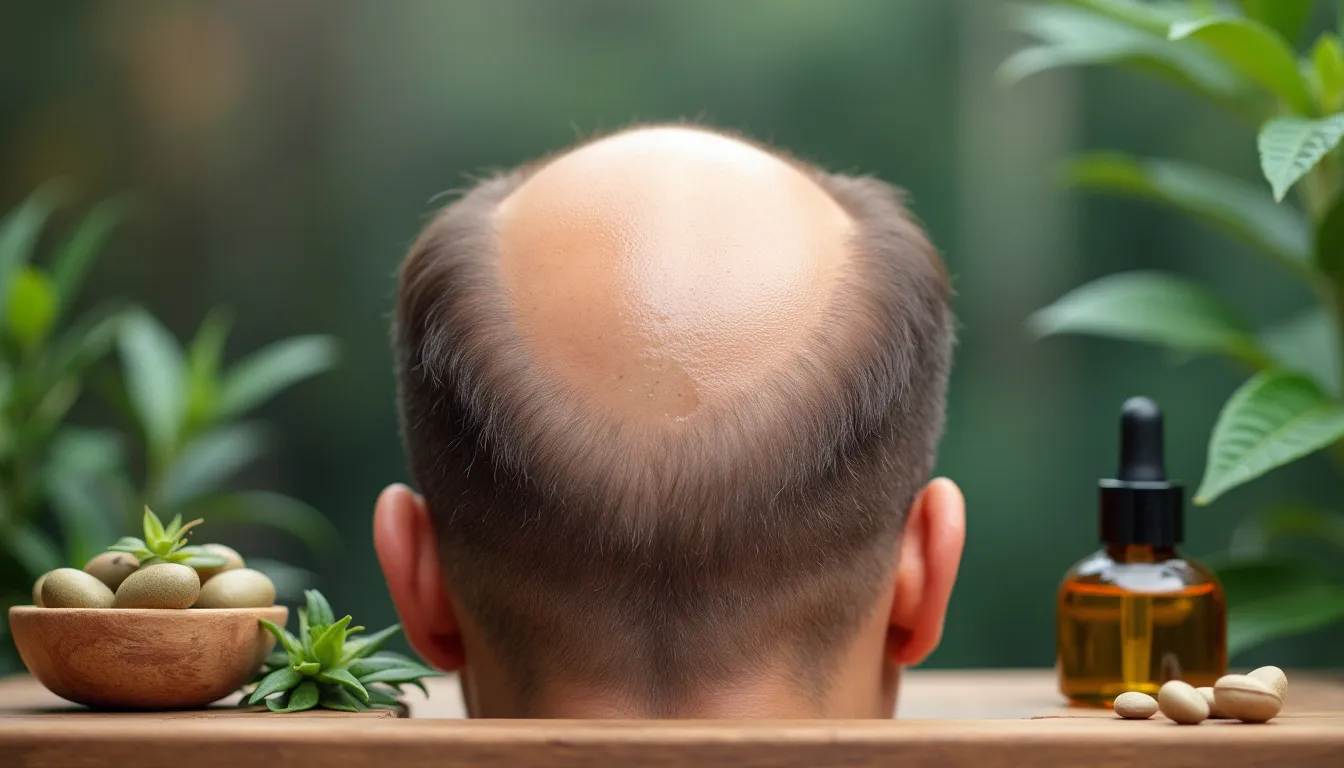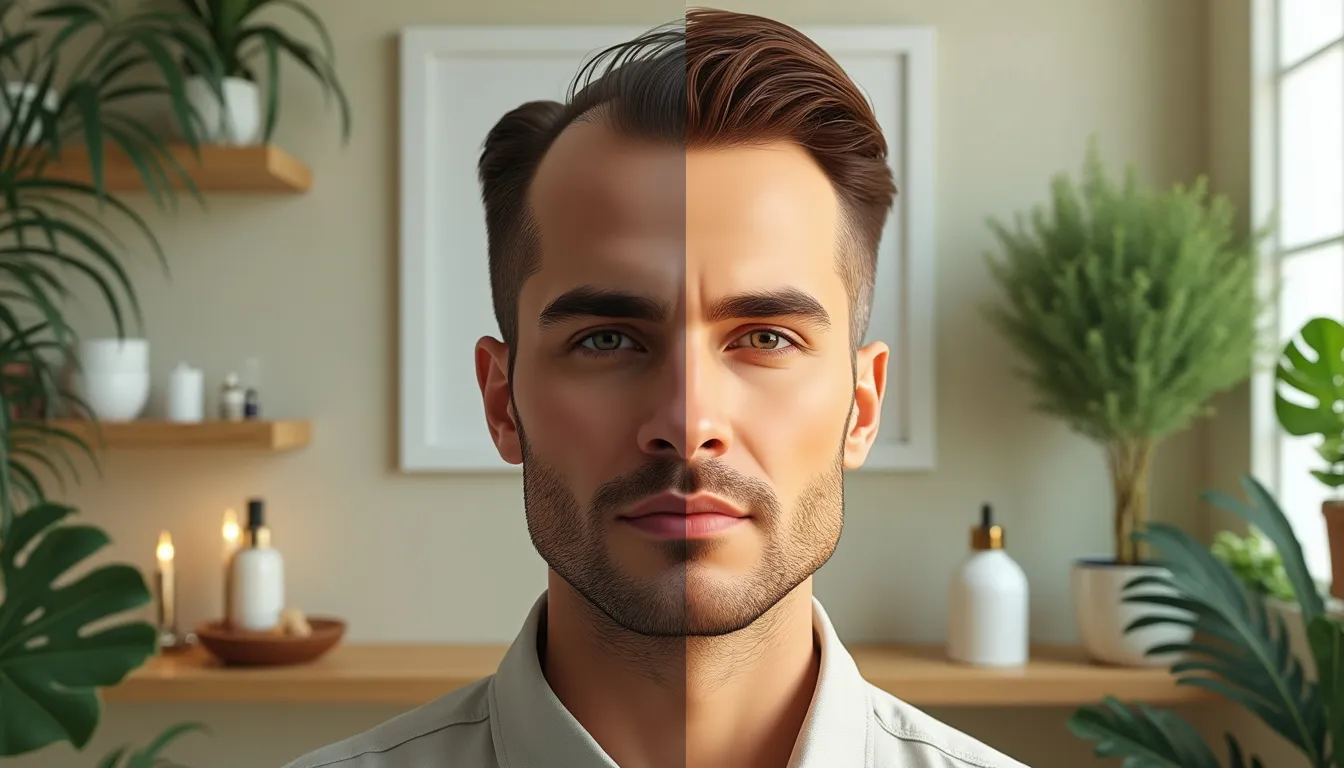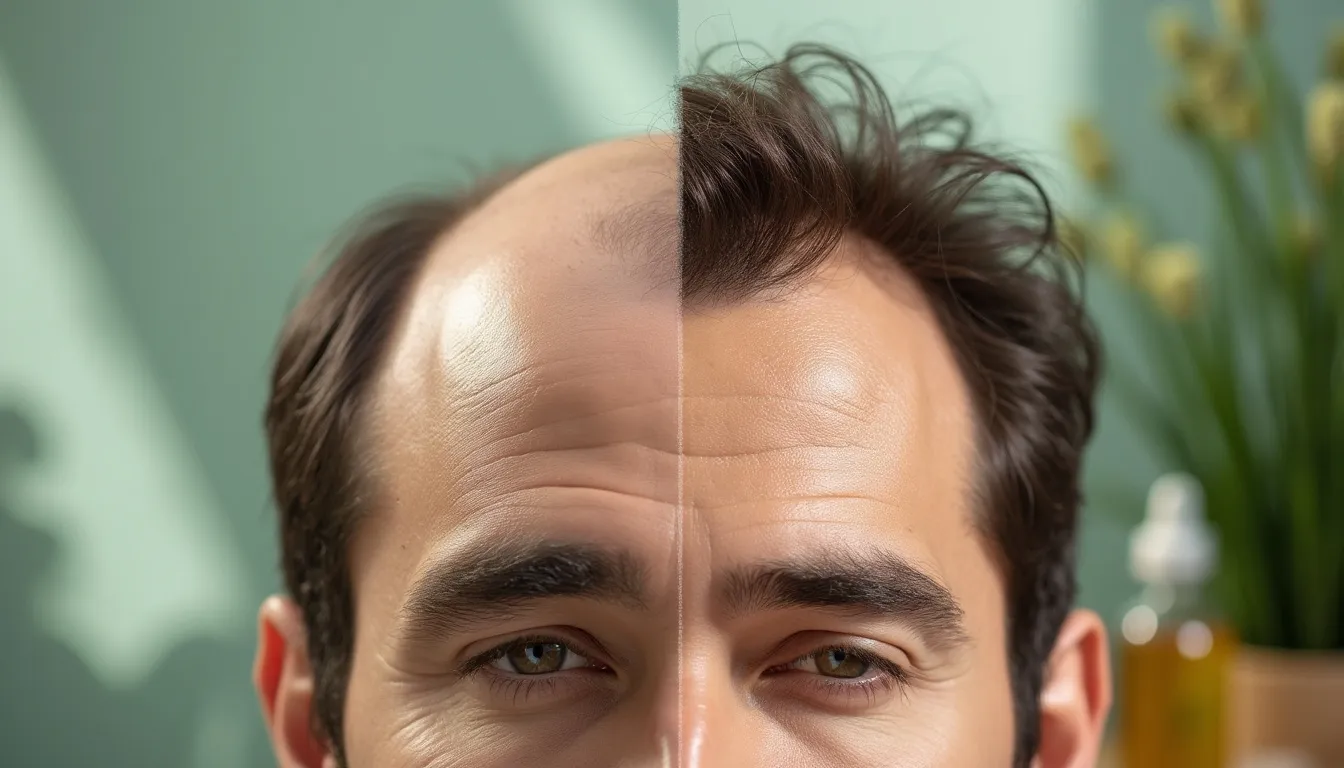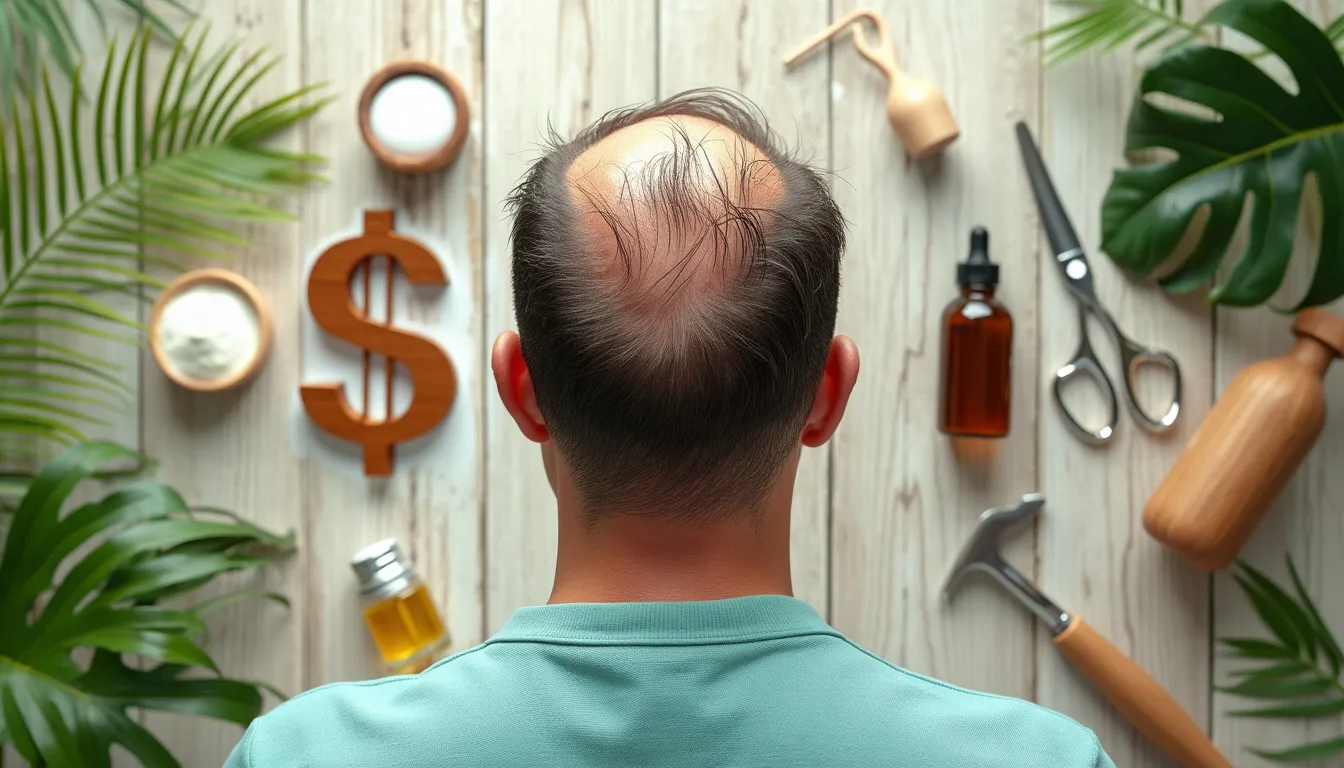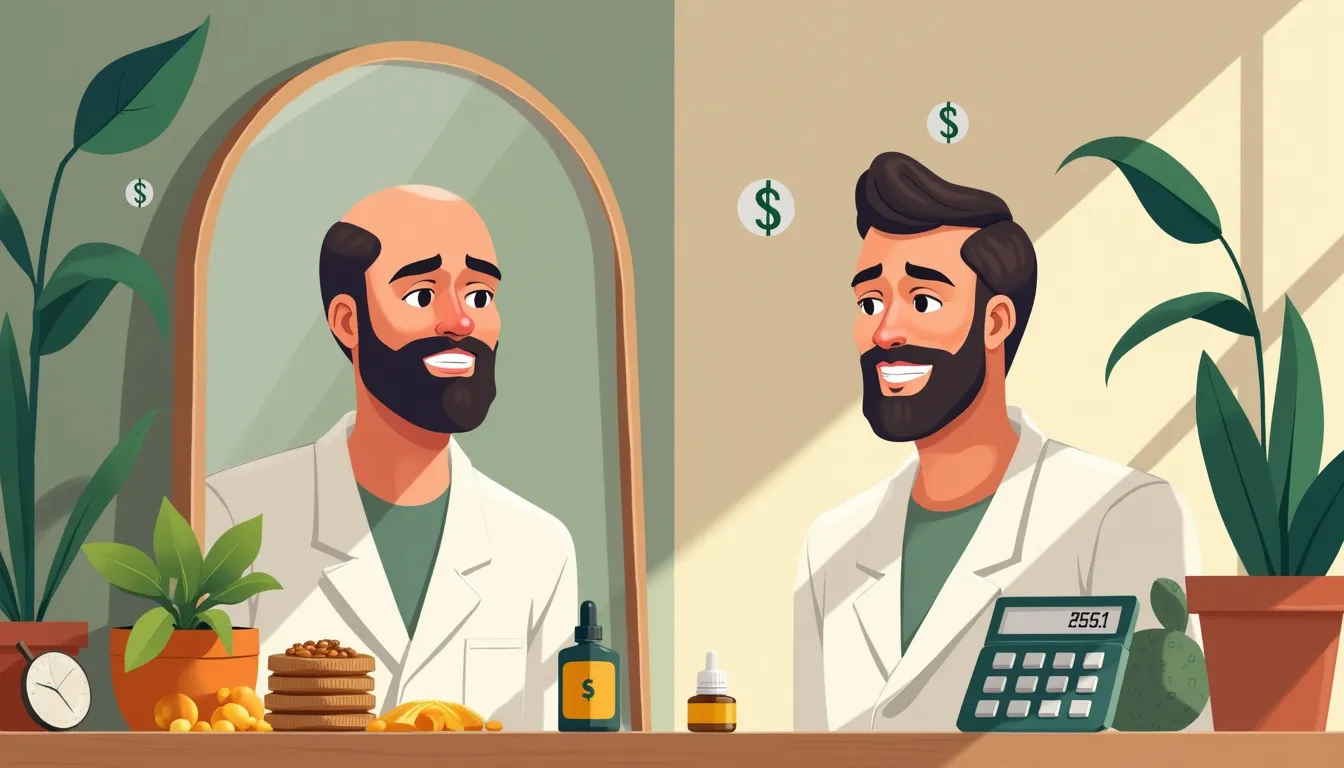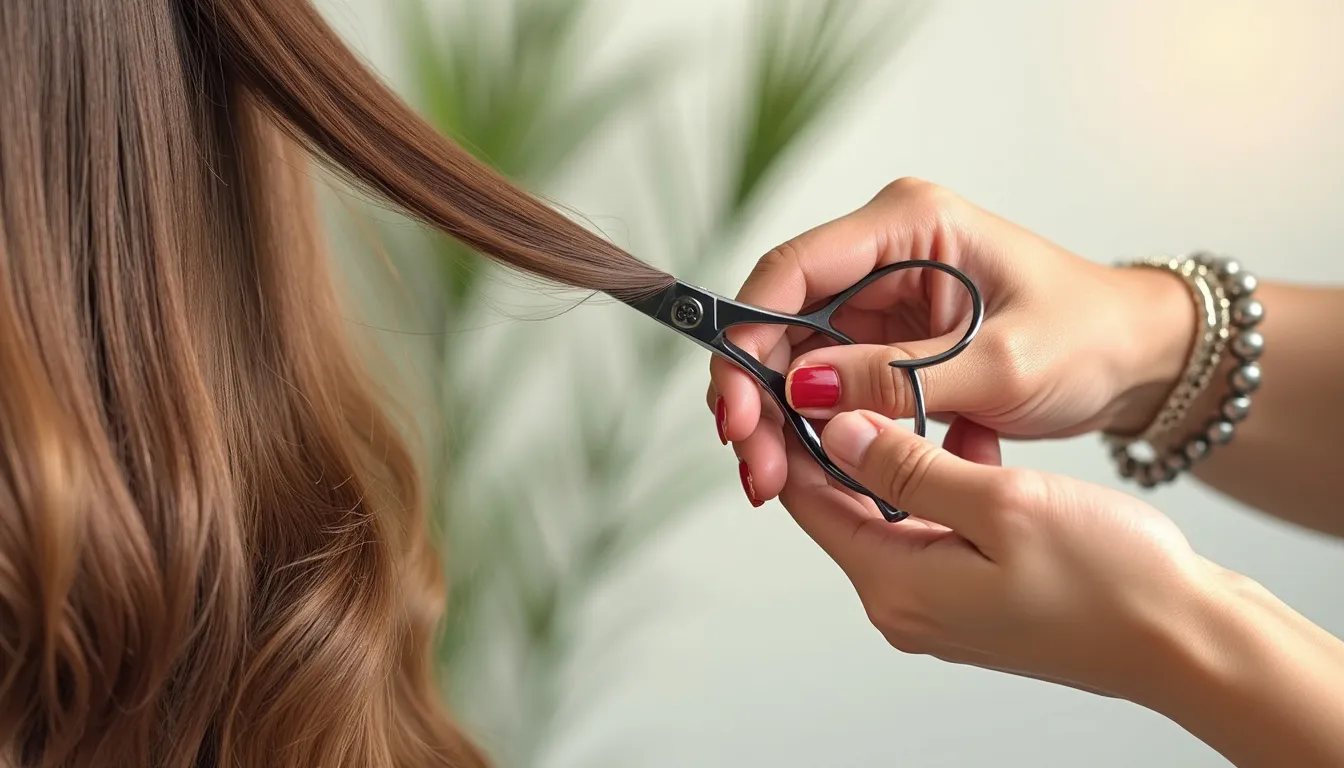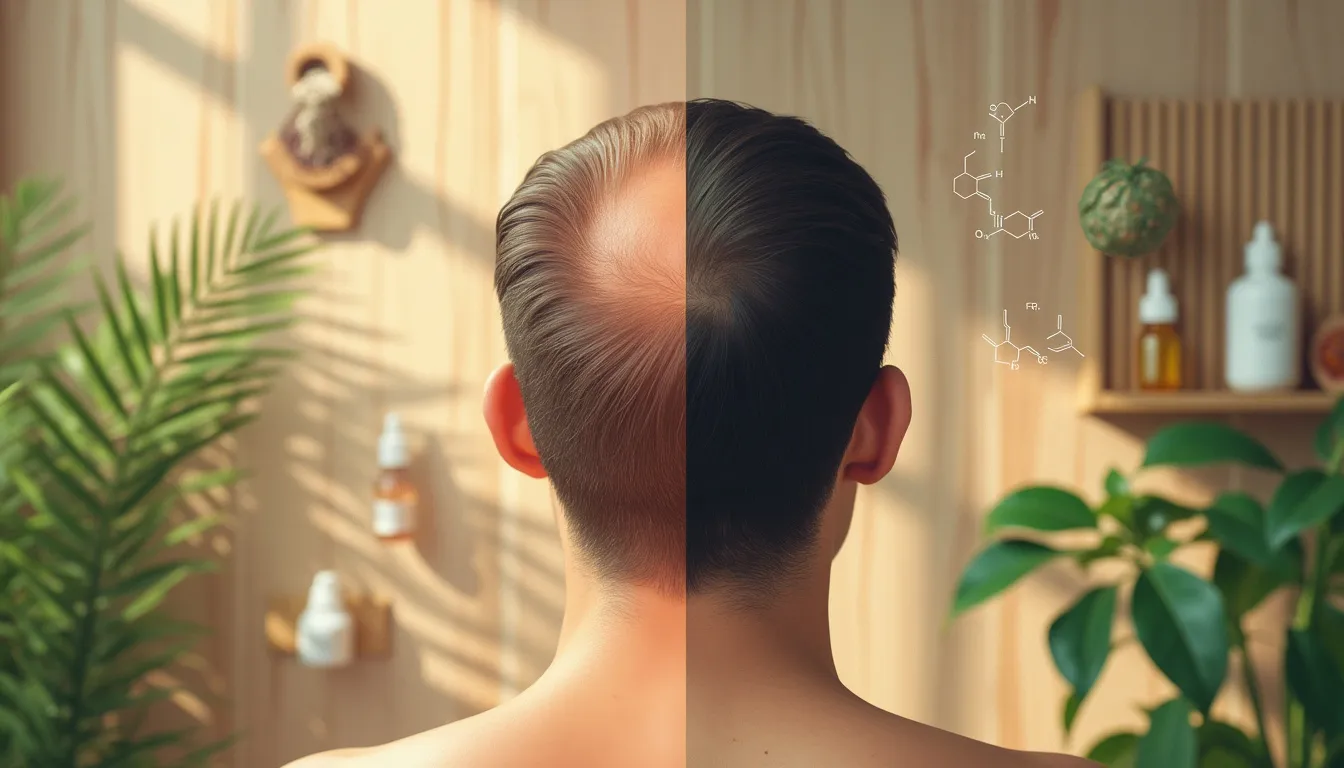Are you tired of seeing more hair in your brush than on your head? You’re not alone. Millions of people worldwide grapple with hair loss, searching for solutions to restore their luscious locks. While there’s no magic pill for instant hair growth, certain vitamins have shown promise in promoting healthier, fuller hair. Enter hair loss vitamins – the unsung heroes in the battle against thinning tresses.
But what exactly are hair loss vitamins, and how can they help? These essential nutrients play a crucial role in maintaining hair health, stimulating growth, and preventing further loss. From the antioxidant-rich Vitamin C to the follicle-nourishing Biotin, each vitamin brings its unique benefits to the table. In this comprehensive guide, we’ll explore the top hair loss vitamins that could be the key to unlocking your hair’s full potential.
Whether you’re experiencing minor shedding or significant hair loss, understanding the power of these vitamins could be a game-changer for your hair care routine. We’ll delve into the science behind each vitamin, discuss how to choose the right supplements, and share tips on incorporating them effectively into your daily regimen. So, if you’re ready to say goodbye to bad hair days and hello to a fuller, healthier mane, keep reading. Your journey to luscious locks starts here!
Essential Hair Loss Vitamins for Promoting Hair Growth
When it comes to battling hair loss, your secret weapon might be hiding in plain sight – right in your kitchen cabinet or local pharmacy. That’s right, we’re talking about vitamins! These tiny nutritional powerhouses can play a crucial role in maintaining luscious locks and promoting hair growth. Let’s dive into the world of hair loss vitamins and discover how they can transform your mane from lackluster to luxurious.
Vitamin A: The All-Rounder for Healthy Hair
Vitamin A is like the Swiss Army knife of hair loss vitamins. It’s not just good at one thing; it’s a multi-tasker that your hair can’t get enough of. Here’s why Vitamin A deserves a standing ovation:
- Sebum production: Vitamin A helps your scalp produce sebum, an oily substance that moisturizes your scalp and keeps your hair from drying out. Think of it as nature’s conditioner!
- Cell growth: This vitamin is essential for cell growth, including the cells in your hair follicles. More healthy cells mean more healthy hair.
- Antioxidant properties: Vitamin A acts as an antioxidant, protecting your hair from environmental stressors that can lead to damage and hair loss.
But before you start popping Vitamin A pills like they’re candy, remember that moderation is key. Too much Vitamin A can actually lead to hair loss! Stick to the recommended daily allowance or consult with a healthcare professional.
B-Complex Vitamins: The Hair Growth Dream Team
If vitamins were a superhero squad, B-complex vitamins would be the Avengers of hair growth. This group includes several key players, each with their own superpower:
- Biotin (B7): Often hailed as the hair growth vitamin, biotin helps produce keratin, the protein that makes up hair.
- Niacin (B3): Improves blood circulation to the scalp, ensuring your hair follicles get the nutrients they need.
- Pantothenic Acid (B5): Strengthens and nourishes hair follicles, reducing hair thinning and loss.
- Folate (B9): Helps create red blood cells, which carry oxygen and nutrients to the scalp and hair follicles.
Among these, biotin often steals the spotlight in the world of hair loss vitamins. It’s so popular that you’ll find it in countless hair growth supplements. But don’t be fooled into thinking it’s a miracle cure – while biotin can certainly help, it works best as part of a balanced approach to hair health.
Vitamin C: Not Just for Fighting Colds
When you think of Vitamin C, you probably picture orange juice and immunity boosters. But this versatile vitamin is also a secret weapon in the fight against hair loss. Here’s why Vitamin C deserves a place in your hair care arsenal:
- Collagen production: Vitamin C is crucial for producing collagen, a protein that strengthens hair structure and prevents breakage.
- Iron absorption: This vitamin helps your body absorb iron more effectively. Why does this matter? Because iron deficiency is a common cause of hair loss, especially in women.
- Antioxidant properties: Like Vitamin A, Vitamin C fights free radicals that can damage hair follicles and lead to hair loss.
The best part? Vitamin C is easy to incorporate into your diet. Citrus fruits, strawberries, bell peppers, and broccoli are all excellent sources. So, the next time you’re at the grocery store, remember that you’re not just shopping for dinner – you’re shopping for healthier hair!
Vitamin D: The Sunshine Vitamin for Luscious Locks
Vitamin D, often called the sunshine vitamin, does more than just boost your mood on a sunny day. It’s also a key player in the hair growth game. Here’s why you should ensure you’re getting enough of this vital nutrient:
- Hair follicle cycling: Vitamin D plays a crucial role in hair follicle cycling, helping to create new hair follicles and maintain existing ones.
- Cell growth: Like Vitamin A, Vitamin D is essential for cell growth and repair, including the cells in your hair follicles.
- Immune system support: A strong immune system can help prevent conditions that may lead to hair loss, and Vitamin D is crucial for immune function.
While sunlight is the most natural source of Vitamin D, it’s not always practical (or safe) to spend hours in the sun. Fortunately, you can also get Vitamin D from foods like fatty fish, egg yolks, and fortified dairy products. If you’re concerned about your Vitamin D levels, a blood test can help determine if you need supplements.
Vitamin E: The Scalp’s Best Friend
Last but certainly not least in our lineup of hair loss vitamins is Vitamin E. This antioxidant powerhouse is like a personal bodyguard for your scalp and hair follicles. Here’s why Vitamin E deserves a spot in your hair care routine:
- Oxidative stress reduction: Vitamin E is a potent antioxidant that helps reduce oxidative stress in the scalp, which can contribute to hair loss.
- Improved blood circulation: This vitamin helps improve blood circulation in the scalp, ensuring your hair follicles get the oxygen and nutrients they need to thrive.
- Balances oil production: Vitamin E can help balance oil production in the scalp, preventing issues like dryness or excessive oiliness that can lead to hair loss.
You can find Vitamin E in foods like nuts, seeds, and vegetable oils. Some people also apply Vitamin E oil directly to their scalp, although more research is needed to confirm its effectiveness when used topically.
While these hair loss vitamins can work wonders for your locks, remember that they’re not a magic solution. They work best as part of a holistic approach to hair health that includes a balanced diet, proper hair care, and stress management. And if you’re experiencing significant hair loss, it’s always a good idea to consult with a healthcare professional.
Ready to give your hair the vitamin boost it deserves? Check out this comprehensive hair loss program that combines essential vitamins with other proven strategies for healthier, fuller hair. Your future self (and your fabulous hair) will thank you!

Choosing and Using Hair Loss Vitamins Effectively
Now that we’ve explored the essential hair loss vitamins, let’s dive into how to choose and use them effectively. After all, knowing which vitamins are good for hair growth is only half the battle – you need to know how to incorporate them into your routine for maximum benefit.
Factors to Consider When Selecting Hair Loss Supplements
When it comes to choosing hair loss vitamins, it’s not as simple as grabbing the first bottle you see off the shelf. Here are some key factors to keep in mind:
- Quality and Purity: Look for supplements that have been third-party tested for purity and potency. Brands that are transparent about their sourcing and manufacturing processes are often a good bet.
- Dosage: Pay attention to the dosage of each vitamin in the supplement. More isn’t always better – you want to aim for the recommended daily allowance unless otherwise advised by a healthcare professional.
- Form: Hair loss vitamins come in various forms – pills, gummies, liquids, and even topical treatments. Choose a form that you’re likely to use consistently.
- Additional Ingredients: Some supplements include other hair-boosting ingredients like collagen or herbal extracts. These can be beneficial, but make sure you’re not allergic to any of the components.
- Price: While you shouldn’t skimp on quality, the most expensive option isn’t necessarily the best. Compare prices and read reviews to find a supplement that offers good value for money.
Remember, what works for one person might not work for another. It may take some trial and error to find the right hair loss vitamins for you.
Best Ways to Incorporate Hair Loss Vitamins into Your Routine
Once you’ve chosen your hair loss vitamins, the next step is to incorporate them effectively into your daily routine. Here are some tips to help you make the most of your supplements:
- Consistency is Key: Take your vitamins at the same time each day to establish a routine. This could be with breakfast, before bed, or whenever works best for you.
- Follow Instructions: Some vitamins are best absorbed when taken with food, while others should be taken on an empty stomach. Always follow the instructions on the label.
- Pair with a Balanced Diet: Remember, supplements are meant to supplement, not replace, a healthy diet. Ensure you’re eating a variety of nutrient-rich foods to support overall hair health.
- Stay Hydrated: Drinking plenty of water can help your body absorb and utilize vitamins more effectively.
- Be Patient: Hair growth takes time. It can take several months of consistent use before you start seeing noticeable results from hair loss vitamins.
Combining Vitamins with Other Hair Growth Strategies
While hair loss vitamins can be a powerful tool in your hair growth arsenal, they work best when combined with other strategies. Here are some complementary approaches to consider:
- Scalp Care: A healthy scalp is crucial for healthy hair growth. Consider using a scalp scrub or massage to improve blood circulation and remove buildup.
- Stress Management: High stress levels can contribute to hair loss. Incorporate stress-reducing activities like yoga, meditation, or regular exercise into your routine.
- Gentle Hair Care: Avoid harsh treatments and excessive heat styling, which can damage hair and impede growth. Use a gentle, sulfate-free shampoo and conditioner.
- Topical Treatments: Some people find success combining oral vitamins with topical treatments like minoxidil or rosemary oil.
- Professional Help: If you’re experiencing significant hair loss, consider consulting a dermatologist or trichologist for personalized advice.
By combining these strategies with your hair loss vitamins, you’re giving your hair the best chance to thrive.
Potential Side Effects and Precautions
While hair loss vitamins are generally safe for most people, it’s important to be aware of potential side effects and take necessary precautions:
- Overdosing: Taking too much of certain vitamins, particularly fat-soluble vitamins like A and E, can lead to toxicity. Always stick to the recommended dosage.
- Interactions: Some vitamins can interact with medications. For example, biotin can interfere with certain lab tests. Always inform your doctor about any supplements you’re taking.
- Allergic Reactions: While rare, some people may be allergic to certain ingredients in hair loss vitamins. If you experience any unusual symptoms, discontinue use and consult a healthcare professional.
- Pregnancy and Breastfeeding: If you’re pregnant or breastfeeding, consult with your doctor before starting any new supplements.
- Underlying Conditions: If your hair loss is due to an underlying medical condition, vitamins alone may not be sufficient. It’s important to address the root cause.
Remember, while hair loss vitamins can be a valuable tool in promoting hair growth, they’re not a magic solution. Patience, consistency, and a holistic approach to hair care are key to achieving the best results.
If you’re looking for a comprehensive approach to combat hair loss, you might want to check out HairFortin. This program offers a multifaceted strategy to help stop hair loss and promote healthier, fuller hair.
In conclusion, hair loss vitamins can play a crucial role in promoting healthier, fuller hair and combating hair thinning. From the nourishing properties of Vitamin A to the follicle-strengthening power of B-complex vitamins, each nutrient contributes uniquely to your hair’s health. Vitamin C’s antioxidant properties, Vitamin D’s role in new follicle creation, and Vitamin E’s circulation-boosting effects all work together to create an optimal environment for hair growth.
However, it’s important to remember that choosing the right hair loss vitamins is just as crucial as taking them. Consider factors such as quality, dosage, and potential interactions with medications when selecting your supplements. Incorporating these vitamins into your daily routine should be done thoughtfully, whether through diet, supplements, or topical treatments.
While hair loss vitamins can be a powerful tool in your hair care arsenal, they work best when combined with other hair growth strategies. A holistic approach that includes a balanced diet, proper hair care, stress management, and possibly medical treatments can yield the best results.
As with any supplement regimen, it’s essential to be aware of potential side effects and take necessary precautions. Always consult with a healthcare professional before starting any new supplement, especially if you have underlying health conditions or are taking medications.
Remember, patience is key when it comes to hair growth. Visible results may take several months, so consistency in your vitamin routine is crucial. By understanding the role of these essential nutrients and using them effectively, you’re taking a proactive step towards achieving the healthier, fuller hair you desire.
If you’re looking for a comprehensive approach to combat hair loss that goes beyond just vitamins, consider checking out the HairFortin program at https://hairsecurity.net/HairFortin. This program offers a multi-faceted approach to hair loss prevention and regrowth, potentially complementing your vitamin regimen for even better results.
Ultimately, the journey to healthier hair is unique for everyone. By arming yourself with knowledge about hair loss vitamins and implementing them wisely, you’re well on your way to unlocking your hair’s full potential. Here’s to your hair health journey – may it be as rewarding as it is enlightening!



